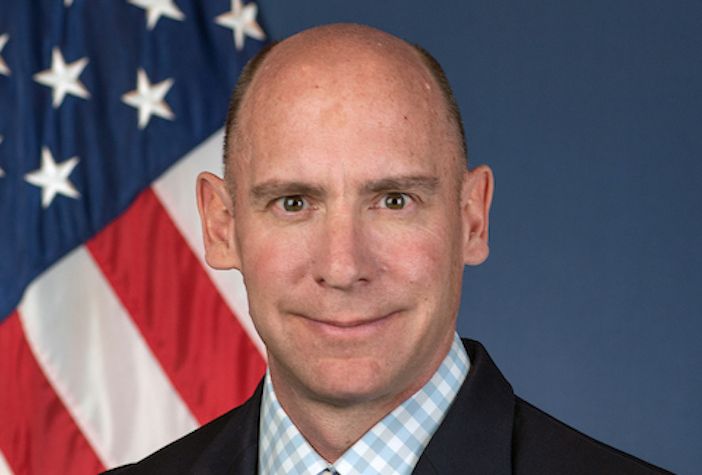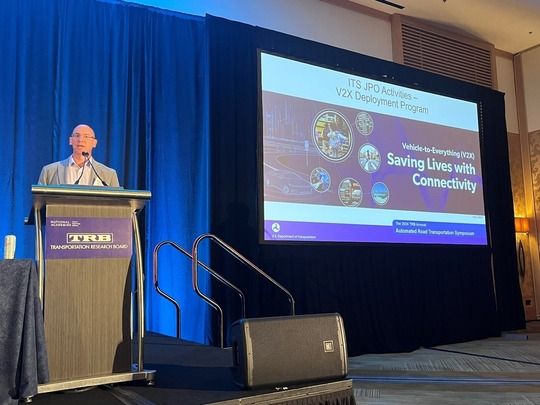Brian Cronin, director of the Intelligent Transportation Systems’ (ITS) Joint Program Office, provides an insight into his experience at the annual Automated Road Transportation Symposium and the company’s vision for vehicle-to-everything (V2X) connectivity
With a steady stream of news articles, corporate announcements, and stories on the nightly news, we are hearing more and more about automated vehicles (AVs). The potential benefits that AVs could bring to our roadways in terms of safety, mobility, and accessibility are great, but realising those benefits requires planning and coordination.
Stakeholders from across the globe convened to discuss strategies for realising those benefits at the Transportation Research Board’s annual Automated Road Transportation Symposium (ARTS) in San Diego, Calif., from July 29 to August 1, 2024.
ARTS brings together experts from industry, government, and academia to provide updates on current research activities, deployments, and experiences from around the world. Representatives of the US Department of Transportation (USDOT) Intelligent Transportation Systems Joint Program Office (ITS JPO) also attended and actively participated in the discussions.

ARTS provides attendees with the opportunity to participate in three breakout session tracks (operations, safety, and policy), along with morning plenary keynote addresses, featured speaker presentations, and panels on a broad array of automation topics. This year marked the 13th occurrence of this annual event and the fourth time it has been managed by the Transportation Research Board. The plenary session focused on safety, which aligns well with USDOT goals.
The symposium provided USDOT staff the opportunity to interact with the broader stakeholder community and learn from US and international researchers and industry organisations who are currently deploying AVs on public roads. ITS JPO staff participated in breakout session panels throughout the week and provided updates on federal research, grants, and other funding opportunities. The appropriate level of USDOT involvement was a frequent topic of discussion. During a breakout session titled National Collaboration Models around Roadway Digital Infrastructure for Automation Research, Innovation, and Deployment, I invited the audience to communicate their specific needs to the ITS JPO.
On another day, I had the privilege of delivering a keynote address in which I shared updates on the current activities of our modal partners and the office of the secretary. I also presented the ITS JPO’s vision for vehicle-to-everything (V2X) connectivity in the hope of expanding our conversation with the AV community. V2X connectivity can contribute to the deployment of AVs, as it can help overcome the line-of-sight limitations of traditional sensor systems. V2X technologies can also enhance situational awareness.
The ITS JPO’s multifaceted V2X deployment program seeks to enable interoperable wireless connectivity among vehicles, roadside infrastructure, and mobile devices through national, widespread deployment of V2X technologies to help achieve Vision Zero. The program provides access to various USDOT-sponsored activities and resources to support agencies on their journey to deploy V2X technology, including technical resources (for example, standards and interference testing), stakeholder engagement resources (such as participation in summits), and Professional Capacity Building resources (including the Accelerating V2X Deployment Cohort group and related trainings).
I am pleased to report that the symposium was a success. USDOT and ITS JPO representatives contributed to the discussion and, even more importantly, came away with new ideas that will continue to transform the way America moves with ITS.
This article was originally published in Brian Cronin’s blog
Photo: USDOT





